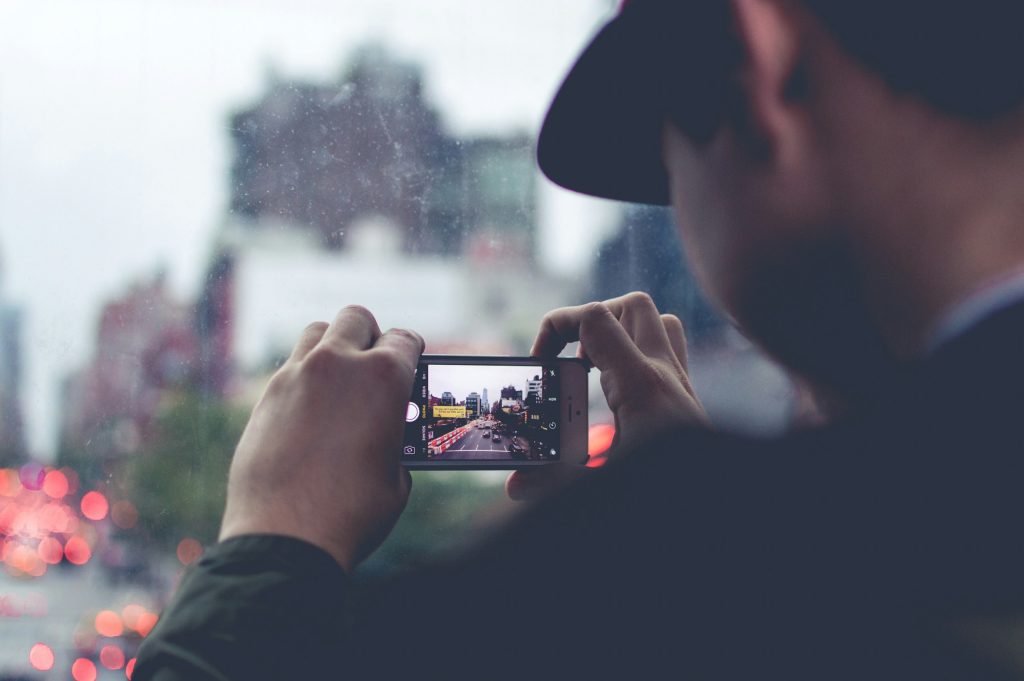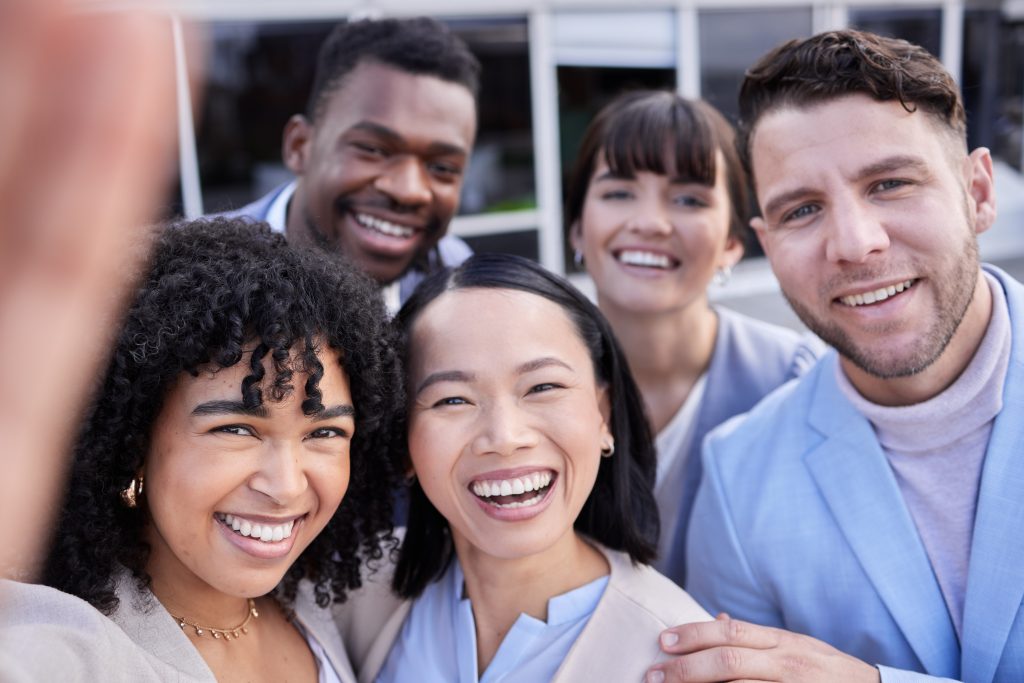Pet photography can be both lucrative and highly rewarding – however, it does come with its challenges. Pets are unpredictable, and pet photoshoots require a lot of creativity and an understanding of animal behaviour. It’s worth it, though: Capturing the spirit and personality of pets in a photograph can create lasting memories for pet owners and result in some beautiful pictures.
Whether it’s a portrait that highlights the deep connection between a pet and its owner or taking action shots that reflect the playful nature of your subject, pet photography allows us to celebrate our furry friends in a way that lasts forever.

What Makes A Good Pet Portrait?
A good pet portrait is one that feels true to the pet’s character and creates an emotional resonance with the viewer. The key to being a pet photographer is finding those fleeting moments that express an individual pet’s essence and capturing them at just the right time. In many ways, good dog portraits aren’t too different to good human portraits – eye contact and getting the right facial expression are everything. The real challenge is that you can’t direct a dog to sit still and smize as efficiently as you can with human portraits! There are certainly ways around that, though – here’s a short guide to pet photography:
Pet Photography Tips And Tricks
1. Patience Is Key
When photographing your pets, it is important to be patient. Remember that they don’t understand the concept of a photoshoot, and even though they’re probably doing their best to be good, they might find it hard to sit still. Keep your cool and wait for natural moments when the pet is calm or happily engaged in their favourite activity. This is when you can capture them in their most natural, joyful moments.

2. Use Treats and Toys
Ask the pet owner to bring along their favourite toy or treat – things the cat or dog just can’t resist. These can be invaluable for grabbing the pet’s attention or getting them to look in a certain direction. A squeaky toy held near the camera is the most surefire way to get them to look towards the lens. They can also help the pet feel more comfortable in an unfamiliar environment with a stranger!
3. Capture Their Character
Every pet has unique quirks and traits that define them. This is what you want to capture if you want your client to fall in love with the end result of the photo session. If you can, take some time before the shoot to observe the pet and get it know it better. Is the dog serene and wise? Is the cat sassy and playful? It shouldn’t take too long to figure this out – ten minutes with the pet will probably do. The main goal of your photoshoot should be to capture these individual characteristics, whether it’s a curious head tilt, a playful smirk, or a majestic leap.

4. Focus on the Eyes
Focusing on the eyes in pet photography is essential because they’re often the most expressive feature. Tails can be pretty expressive too, but they don’t have quite the same visual impact! When the eyes of a pet are sharp and clear in a photograph, it creates a powerful connection between the subject and the viewer. This connection can evoke emotions and tell a story without words.
To achieve this, ensure the eyes are well-lit, which might mean positioning the pet to face a light source, or using the soft light of early morning or golden hour if you’re shooting outside. It’s also important to get the focus as sharp as possible on the eyes. This can sometimes be challenging, especially with active pets. Using a camera’s autofocus point selection feature to specifically target the eyes can help.

5. Be at Their Level
Shooting at the pet’s eye level makes a big difference in pet photography. Aside from looking more natural, you’ll be able to capture the world as they see it. This approach makes your photos more personal and engaging and helps you capture the little details and expressions that make the pet unique. Another benefit is kneeling down might make the pet a little more comfortable – especially if you’re doing dog photography. Looming over dogs with a big camera while you take the photo might be intimidating and make them more nervous.
6. Keep the Background Simple
A cluttered background can distract from your subject. Opt for simple, unobtrusive backgrounds that make your pet the clear focus of the portrait.
7. Experiment with Perspectives: Don’t be afraid to try different angles and compositions. Overhead shots, close-ups, and side profiles can all add variety to your pet portraits.
7. Choose A Calm Environment With Limited Distractions
Choosing a calm environment with limited distractions is key for successful pet photography. Opting for a studio environment is usually the best choice as it provides better control over the shoot. In a studio, you can manage lighting and backgrounds, and avoid any outdoor distractions that could disturb your pet. Behaviour does vary quite a bit from pet to pet, but my dog would definitely be looking away from the camera the moment he saw a bird. Instead, a controlled setting helps keep the pet more focused and makes it easier to capture their true personality without external interruptions.

Choosing the Right Equipment
The key to successful pet photography starts with the right equipment. While a professional DSLR or mirrorless camera offers the best quality and control, even using your phone can capture great pet photos with the right techniques. Essential gear includes a fast lens to capture sharp images in various lighting conditions and a telephoto lens (like 70-200mm lenses) for candid shots from a distance.
Pet Photography Camera Settings
Getting the camera settings right is crucial for capturing the perfect shot. Here’s a quick guide to the essential settings for pet photography:
- Use A Fast Shutter Speed: Pets move quickly, especially when they’re excited. A shutter speed to freeze the action (1/500th of a second or faster), ensuring sharp images of even the most energetic pets.
- Wide Aperture: A wide aperture (low f-number) helps blur the background, focusing attention on your pet. It also allows more light into the camera, which is beneficial in lower light conditions.
- Shallow Depth Of Field: This is achieved by using a wide aperture and helps isolate your pet from the background, making them the main focus of the photo. It’s particularly effective for portraits.
- Adjust ISO as Needed: If you’re shooting in low light and a wide aperture isn’t enough, increase the ISO setting. Be mindful that a higher ISO can introduce grain or noise, so balance is key.
- Experiment with Burst Mode: Pets can be unpredictable, and burst mode allows you to take several shots in quick succession. This increases your chances of capturing that perfect moment.
- Focus Mode: Use continuous focus (AF-C) mode for moving subjects to keep your pet in sharp focus as they move.
How To Get Your Furry Subject To Sit Still
For photographers aiming to get pets to sit still during a shoot, here are some effective strategies. Start by recommending that the pet gets plenty of exercise before coming to the studio. A pet that’s had a chance to burn off excess energy is more likely to remain calm and cooperative. Yet again, treats or toys are going to be your best friend for maintaining the pet’s attention and focus throughout the session.
If the pet becomes restless or distracted, don’t hesitate to take a break. Keeping the atmosphere positive and stress-free not only benefits the pet but can also lead to more genuine and relaxed poses. Always remember, the goal is to capture the pet’s personality, so adaptability and a calm approach are key to achieving those serene shots that owners will cherish.

Editing And Printing Pet Portraits
During the editing process, it’s important to focus on enhancing the natural beauty of the shot. Adjusting lighting and colour balance can make your pet’s features stand out while sharpening details, particularly around their eyes and fur, adds depth and clarity to the subject.
The choice of paper for printing plays a vital role in the final outcome. Glossy finishes enhance colours, while matte paper offers a more subdued and classic look. Providing your clients with a variety of printing options allows them to choose the best way to showcase their pet’s portrait in their homes and adds extra value to their experience. Always make a test print to ensure the final product accurately reflects your digital edit.
Canberra Studio Hire Perfect For Pet Portrait Photography

FT Studio is a versatile space that caters to a wide variety of photography needs, including professional pet photography. With our adaptable environment, photographers can create the ideal backdrop for any subject, ensuring that every shoot, whether it involves pets or not, is executed perfectly. The studio’s controlled conditions allow for optimal lighting and minimal distractions, which is essential for keeping pets calm and focused during their session.
Whether you’re working on a project that involves pets, people, products, or creative art, FT Studio has all the space necessary to achieve outstanding results, with 126 square metres to work with. Visit our website to learn more about our studio and how we can accommodate your photography needs. Feel free to contact us to book, or if you have any questions – our friendly team is always here to help.



